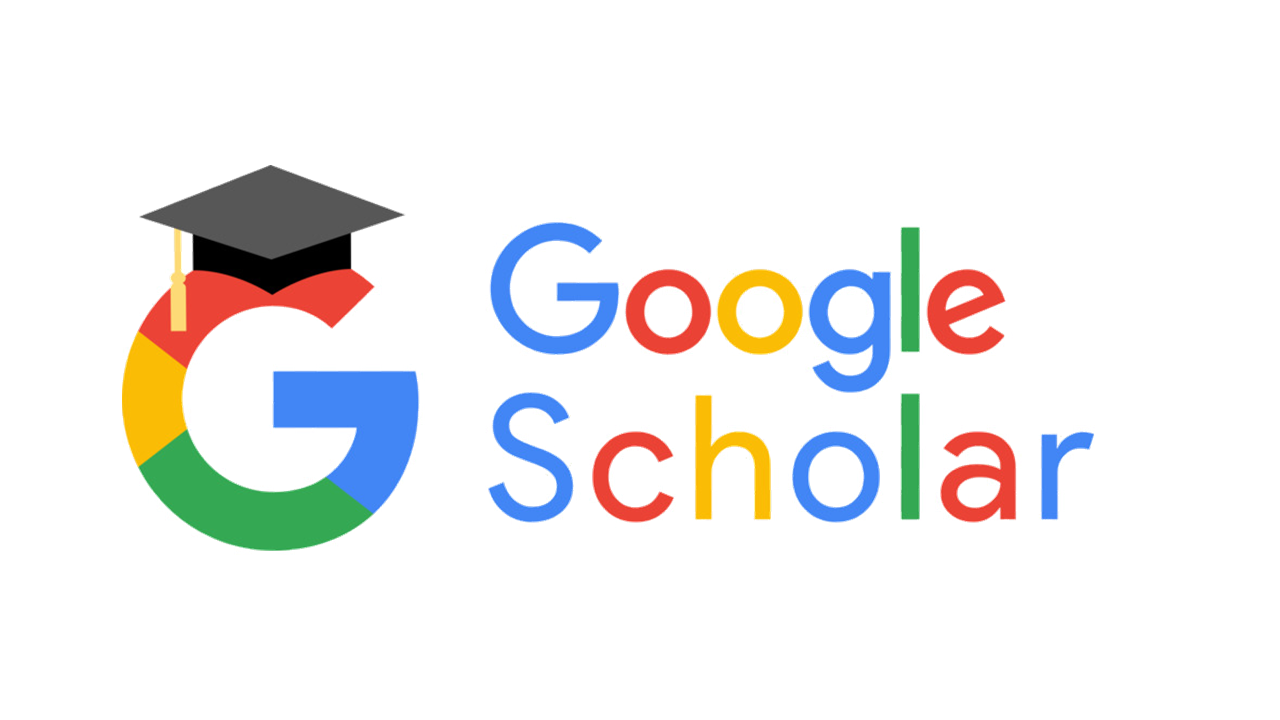PEMBUATAN SABUN DARI LIMBAH MINYAK JELANTAH SAWIT DAN EKSTRAKI DAUN SERAI DENGAN METODE SEMI PENDIDIHAN
DOI:
https://doi.org/10.32493/jitk.v1i1.524Keywords:
Keywords, NaOH, palm oil, SNIAbstract
Has done a solid soap-making by utilizing waste palm oil and lemongrass leaf extract. Refined palm oil waste by the addition of NaOH 15%, then added activated carbon is heated and filtered. Saponification process is done using NaOH 40% by weight ratio of palm oil and NaOH 2: 1, while the leaves of lemongrass extract, written with two variations, namely 14%, 15% and 20% by weight. Testing the quality of the soap made include testing of pH, water content, and a color test. From these results obtained in all variations addition of lemongrass leaf extracts produce soaps with a pH of 9.8 s / d 9.9, which meets the SNI standard. Testing the water content is obtained that meet SNI 06-3532-1994 is the addition of lemon grass leaf extract 14% by weight with a moisture content of 15%. While the addition of lemongrass extract 15% and 20% obtained water content exceeded that obtained SNI standard by 17% by weight and 37.7% by weight.
Keywords: NaOH, palm oil, SNI
Downloads
Published
How to Cite
Issue
Section
License
Authors who publish with this journal agree to the following terms:
1. Authors retain copyright and grant the journal right of first publication with the work simultaneously licensed under creativecommons.org/licenses/by-sa/4.0 that allows others to share the work with an acknowledgement of the work's authorship and initial publication in this journal.
2. Authors are able to enter into separate, additional contractual arrangements for the non-exclusive distribution of the journal's published version of the work (e.g., post it to an institutional repository or publish it in a book), with an acknowledgement of its initial publication in this journal.
Authors are permitted and encouraged to post their work online (e.g., in institutional repositories or on their website) prior to and during the submission process, as it can lead to productive exchanges, as well as earlier and greater citation of published work (See The Effect of Open Access).
Jurnal Ilmiah Teknik Kimia have CC-BY-SA or an equivalent license as the optimal license for the publication, distribution, use, and reuse of scholarly work.
In developing strategy and setting priorities, Jurnal Ilmiah Teknik Kimia recognize that free access is better than priced access, libre access is better than free access, and libre under CC-BY-SA or the equivalent is better than libre under more restrictive open licenses. We should achieve what we can when we can. We should not delay achieving free in order to achieve libre, and we should not stop with free when we can achieve libre.
Jurnal Ilmiah Teknik Kimia is licensed under a Creative Commons Attribution 4.0 International License
YOU ARE FREE TO:
- Share — copy and redistribute the material in any medium or format
- Adapt — remix, transform, and build upon the material for any purpose, even commercially.
- The licensor cannot revoke these freedoms as long as you follow the license terms.






